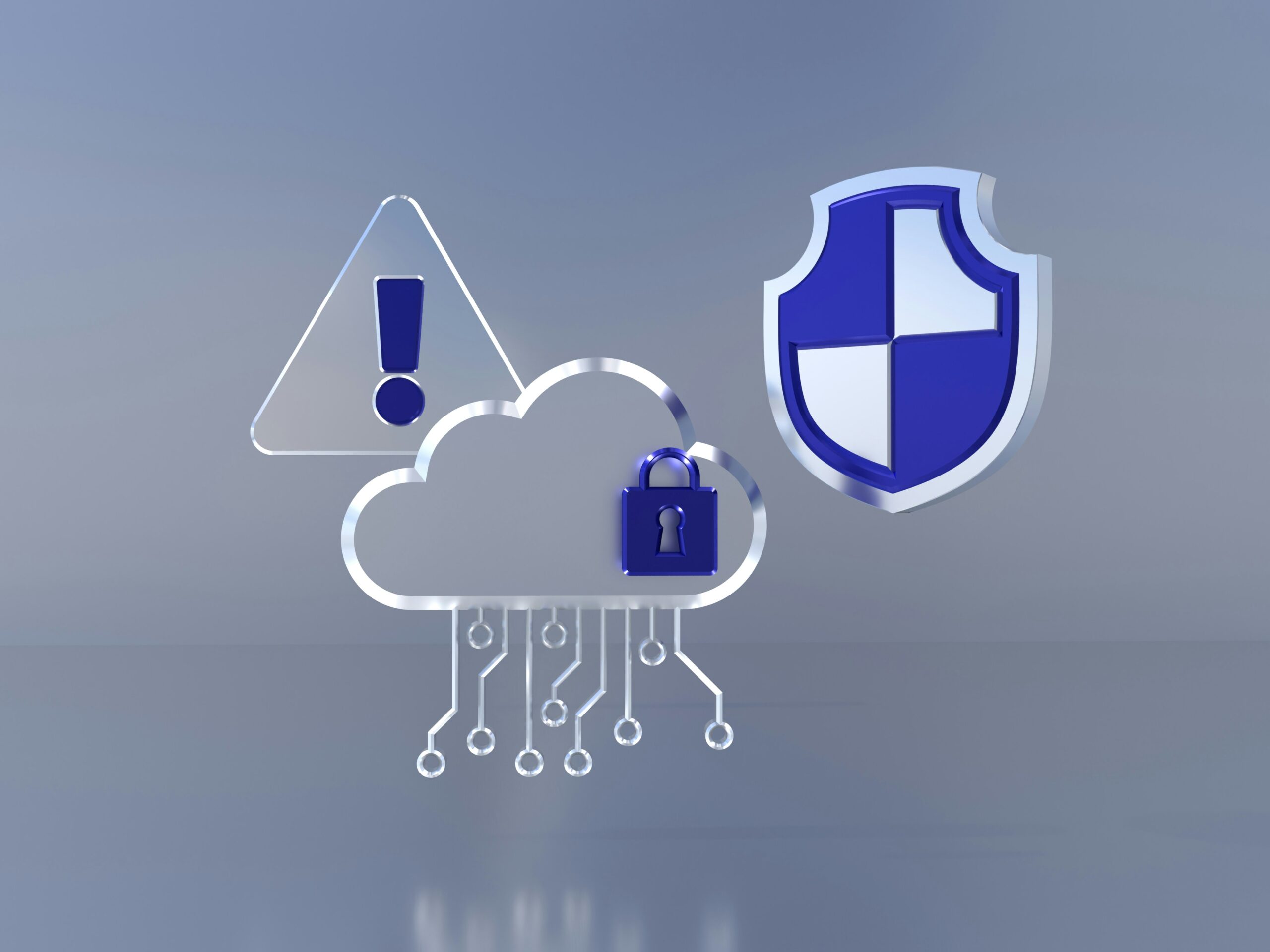Understanding the Dangers of Smishing
In the today’s landscape, cyber threats are escalating. One such threat is smishing, a form of cyber attack that’s gaining traction.

Smishing Meaning
Smishing, or SMS phishing, is a cyber security attack that involves the use of text messages. The aim is to trick recipients into revealing sensitive information.
But what makes smishing so dangerous?
The answer lies in its deceptive simplicity. Smishing messages often appear legitimate, causing unsuspecting victims to fall into the trap.
This article aims to shed light on the dangers of smishing. We’ll delve into its definition, how it differs from phishing, and real-world examples.
By understanding smishing, we can better protect ourselves and our digital communities. Let’s explore the world of smishing and learn how to stay safe.
What is Smishing in Cyber Security?
Smishing definition is a form of cyber attack that uses text messages to deceive victims. The term “smishing” is a portmanteau of “SMS” and “phishing”.
In a smishing attack, the attacker sends a text message to the victim. This message often contains a link or a request for personal information.
The goal of smishing is to trick the victim into revealing sensitive data. This could be anything from passwords to credit card numbers.
Here are some key characteristics of smishing:
- The message appears to come from a trusted source, such as a bank or a reputable company.
- The message often creates a sense of urgency, prompting the victim to act quickly.
- The message may contain a link that leads to a fraudulent website.
- The message may request personal information directly.
Understanding smishing is crucial in today’s digital landscape. As we become more reliant on digital communication, awareness of such threats is our first line of defense.
Smishing vs Phishing: Understanding the Differences
While both smishing and phishing are forms of cyber attacks, they differ in their methods of delivery. Phishing typically occurs via email, while smishing uses text messages.
Phishing emails often mimic the look and feel of legitimate communications from trusted entities. They aim to trick the recipient into clicking a malicious link or providing sensitive information.
On the other hand, smishing messages are usually shorter and more direct. They often create a sense of urgency, prompting the recipient to act immediately.
Despite their differences, both smishing and phishing exploit the same human vulnerabilities. They rely on deception and manipulation to trick victims into revealing personal information. Understanding these differences can help us better protect ourselves against these threats.
Real-World Smishing Examples and How They Operate
Smishing attacks can take many forms, but they all share a common goal: to trick the recipient into revealing sensitive information. Let’s look at some real-world examples to understand how they operate.
One common smishing scam involves a message claiming to be from a bank. The message might say there’s been suspicious activity on your account and you need to verify your details. A link is provided, leading to a fake website designed to collect your login credentials.
Another example is a message claiming you’ve won a prize. The message might say you’ve won a gift card or a large sum of money. To claim your prize, you’re asked to click a link and provide personal information.
Yet another smishing scam involves messages from supposed government agencies. These messages might claim you’re eligible for a tax refund or owe a fine. Again, a link is provided, leading to a fake website designed to collect your information.
- Bank scam: Message claims suspicious activity on your account, provides a link to a fake website.
- Prize scam: Message claims you’ve won a prize, asks you to click a link and provide personal information.
- Government scam: Message from supposed government agency, provides a link to a fake website.
These examples illustrate the deceptive tactics used by smishers. By understanding these tactics, we can better protect ourselves against smishing attacks.
The Psychological Tactics of Smishers
Smishers employ a range of psychological tactics to trick their victims. One of the most common is the use of urgency. They create a sense of panic, making you feel you must act immediately to avoid a negative outcome.
Fear is another tactic used by smishers. They might threaten you with legal action, account closure, or financial loss. This fear can cloud your judgment, making you more likely to fall for the scam.
Smishers also use the tactic of authority. They pretend to be from a trusted organization, like your bank or a government agency. This makes their messages seem more legitimate and increases the chances you’ll comply with their requests.
Understanding these tactics can help you spot smishing attempts. Always take a moment to think before you click on any links or provide any personal information.
How to Identify a Smishing Attack
Identifying a smishing attack can be challenging, especially as attackers become more sophisticated. However, there are some common signs to look out for.
Firstly, the message may create a sense of urgency. It might claim that your account is at risk, or that you’ve won a prize that needs to be claimed immediately.
Secondly, the message may contain spelling or grammar errors. While not all smishing messages have these mistakes, many do.
Here are some additional signs of a smishing attack:
- The message asks for personal information.
- The sender’s number doesn’t match the organization they claim to represent.
- The message contains a link to a website that doesn’t match the organization’s official website.
Remember, legitimate organizations will never ask for sensitive information through text messages. Always verify the authenticity of a message before responding.
Reporting Smishing: What to Do When You Encounter a Smishing Attempt
If you encounter a smishing attempt, it’s crucial to report it. This helps authorities track and combat these cyber threats.
Start by not responding to the message. Any interaction can confirm to the attacker that your number is active.
Here are the steps to report a smishing attempt:
- Document the details of the message, including the sender’s number and the message content.
- Report the incident to your mobile carrier. They may have specific instructions or reporting mechanisms.
- Report the smishing attempt to your local law enforcement agency and to the Federal Trade Commission in the U.S. or the relevant authority in your country.
Remember, your report can help protect others from falling victim to smishing.
Preventing Smishing: Best Practices for Digital Communication
Preventing smishing requires a proactive approach. It’s about being vigilant and adopting safe digital communication practices.
Firstly, never respond to suspicious messages. Even if the message seems legitimate, it’s best to verify the sender independently.
Secondly, avoid clicking on links in unsolicited messages. These links can lead to malicious websites or download harmful software onto your device.
Here are some additional best practices to prevent smishing:
- Regularly update your device’s software. This ensures you have the latest security patches.
- Install a trusted security app. These apps can help detect and block smishing attempts.
- Enable multi-factor authentication where possible. This adds an extra layer of security to your accounts.
- Be wary of messages that request personal information. Legitimate organizations usually don’t ask for sensitive data via text.
Remember, prevention is the best defense against smishing. Stay informed and stay safe.
The Role of Education and Awareness in Combating Smishing
Education and awareness play a crucial role in combating smishing. Understanding the tactics used by smishers is the first step towards prevention.
Cybersecurity education programs can equip individuals with the knowledge to identify smishing attempts. They can learn about the common signs of a smishing message and how to respond appropriately.
Public awareness campaigns are also vital. They can reach a wider audience and highlight the dangers of smishing. These campaigns can also provide practical tips on how to stay safe.
In conclusion, education and awareness are powerful tools in the fight against smishing. By staying informed, we can protect ourselves and others from these cyber threats.
The Future of Smishing and Evolving Threats
As technology advances, so do the tactics used by smishers. They continually adapt to new security measures, making it a constant game of cat and mouse.
Artificial intelligence and machine learning are being used to detect and prevent smishing attempts. However, these technologies can also be exploited by cybercriminals to carry out more sophisticated attacks.
In the future, we may see the integration of blockchain technology to combat smishing. Regardless of the evolving threats, staying vigilant and informed remains our best defense against smishing.
Conclusion: Staying Vigilant Against Smishing Scams
In conclusion, smishing is a significant threat in today’s digital communication landscape. It’s a form of cybercrime that exploits our reliance on mobile devices and our tendency to trust text messages.
The key to combating smishing lies in education, awareness, and vigilance. By understanding the tactics used by smishers and knowing how to identify and report smishing attempts, we can protect ourselves and our organizations.
Remember, in the digital age, skepticism is a virtue. Always question unsolicited requests for personal information and never click on suspicious links. Stay safe, stay informed, and stay vigilant against smishing scams.









